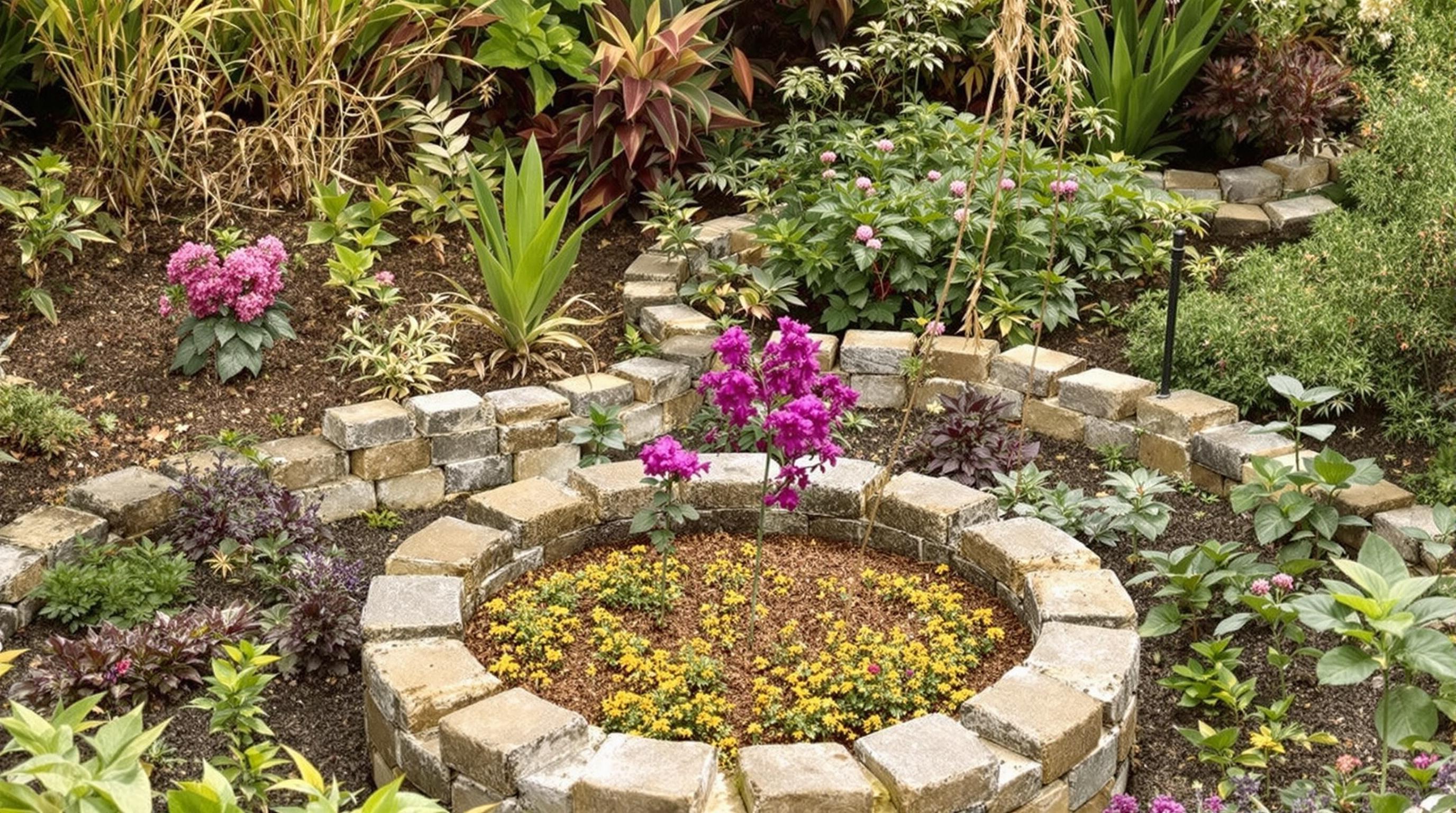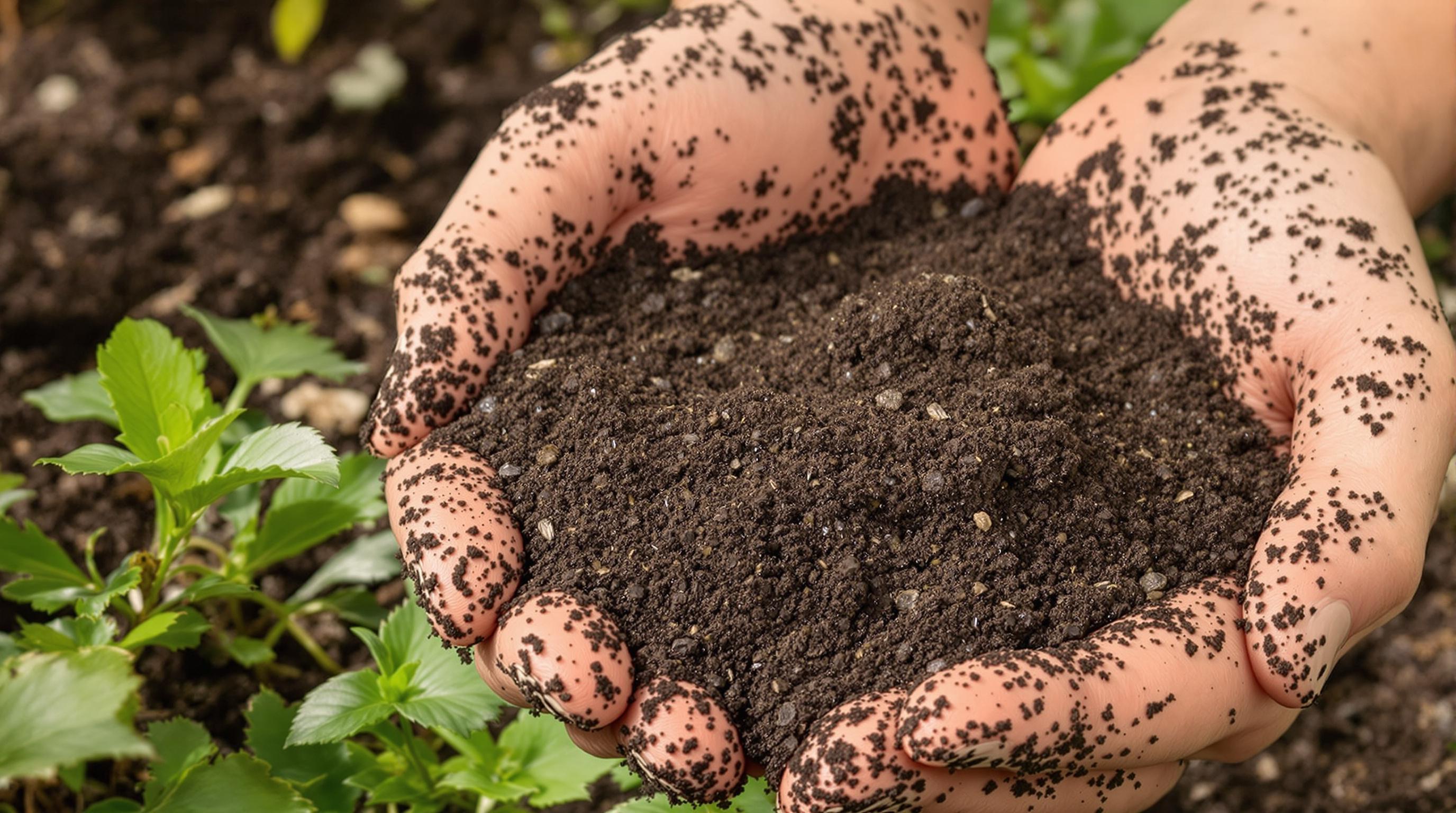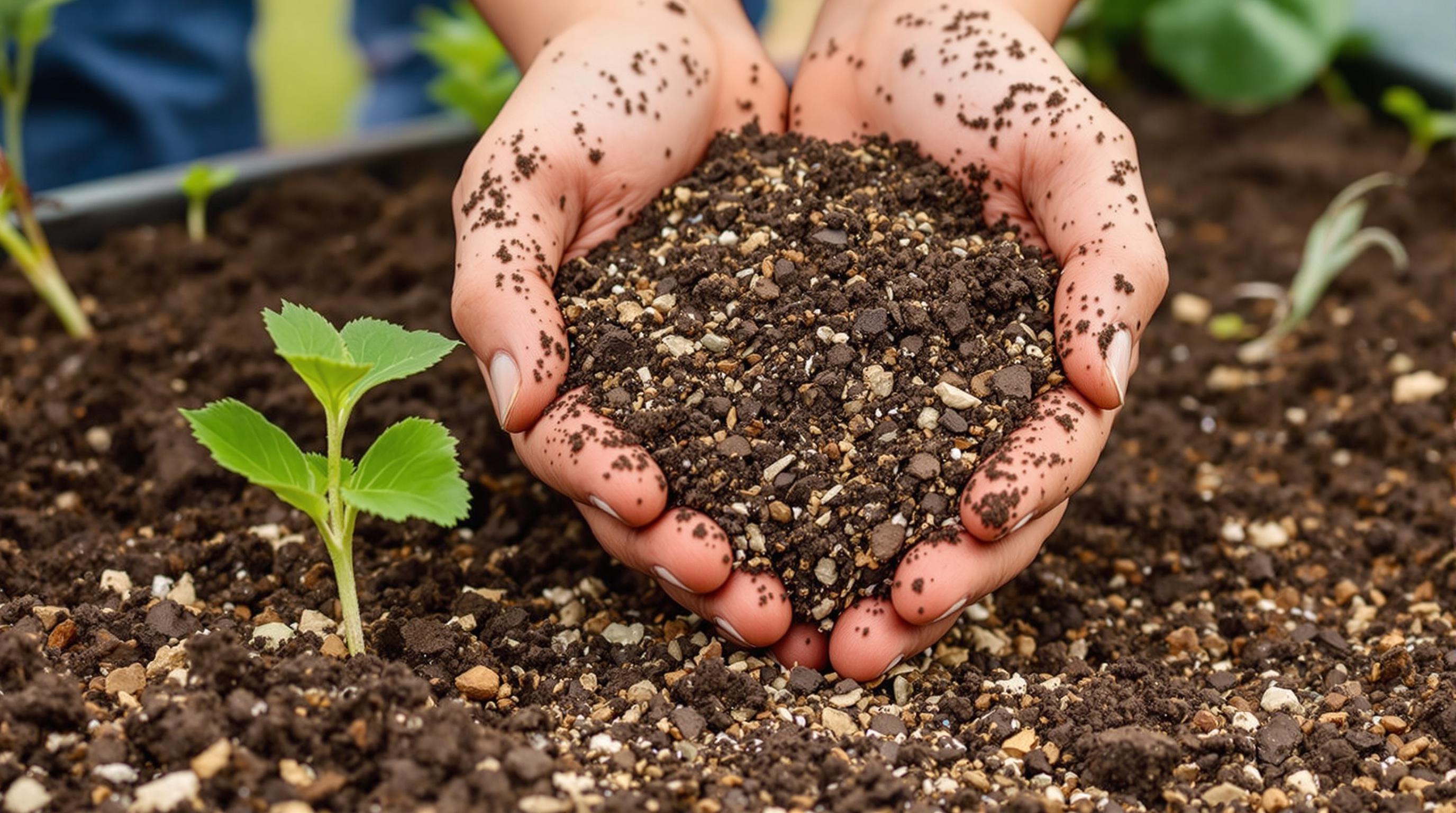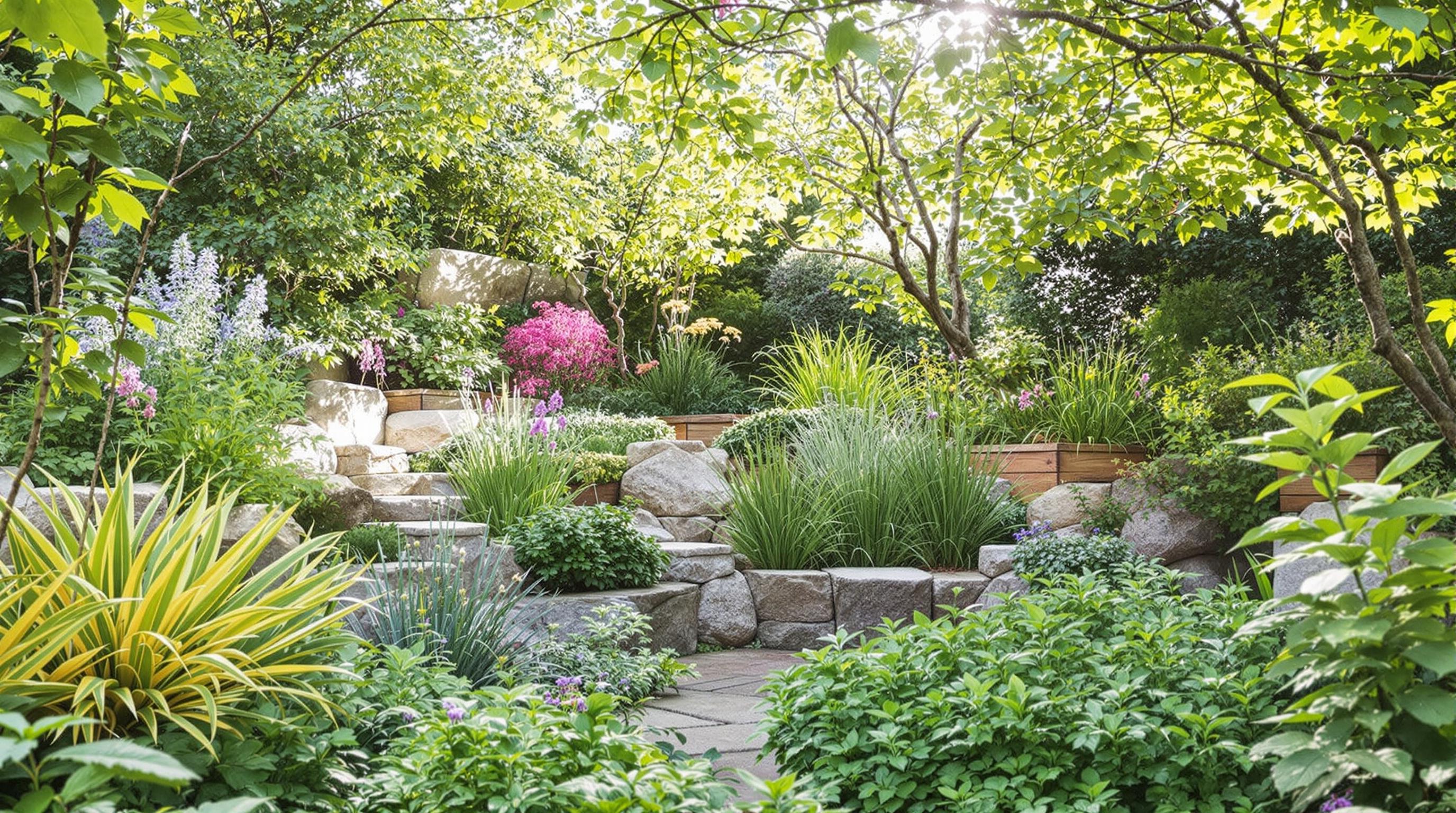Related Articles
- The Hidden Influence of Ergonomics: How Tool Design Shapes Our Physical Spaces and Daily Lives
- The Silent Influence: How Hidden Home Implements Shape Our Daily Routines and Spaces
- The Counterintuitive Role of Chaos: How Messy Tool Storage Can Lead to Unexpected Home Innovations
- Exploring the Unseen: How Audio Experiences Shape the Art of Domestic Spaces and Color Perception
- Rethinking the Mundane: How Everyday Objects are Becoming the Canvas for Modern Artistic Expression in Home Spaces
- Cultivating Chaos: The Surprising Benefits of Embracing Weeds in Your Garden Ecosystem
10 Forgotten Gardening Traditions from Lost Civilizations to Inspire Modern Landscaping Techniques and Sustainable Practices
10 Forgotten Gardening Traditions from Lost Civilizations to Inspire Modern Landscaping Techniques and Sustainable Practices
10 Forgotten Gardening Traditions from Lost Civilizations to Inspire Modern Landscaping Techniques and Sustainable Practices
1. The Hanging Gardens of Babylon
The Hanging Gardens of Babylon, often considered one of the Seven Wonders of the Ancient World, showcased an ancient civilization's ingenuity in creating lush terraces in an arid climate. These remarkable gardens were not only a feast for the eyes but a sophisticated irrigation system that utilized a series of pumps to draw water from the Euphrates River, creating a self-sustaining ecosystem in the heart of a dry region.
This ancient practice of vertical gardening can inspire modern landscaping techniques for urban environments, where space is limited but aesthetic impact is desirable. By employing vertical planting structures, we can mimic the lushness of Babylon’s gardens while conserving valuable ground space.
Furthermore, the irrigation methods used in Babylon can be paralleled with contemporary sustainable practices, such as rainwater harvesting and drip irrigation, providing a sustainable approach to long-term gardening success.
2. Ancient Egyptian Gardens
Egyptians cultivated gardens as a reflection of life's cycle, integrating beauty and utility. Gardens often contained date palms, sycamores, and papyrus, alongside food crops. Not only were they practical, but these spaces served religious purposes, connecting the earthly realm with the divine.
Modern gardeners can draw lessons from the Egyptians by incorporating native plants that contribute to both aesthetics and food production. Companion planting—a practice known to support plant health and increase yield—was likely employed in these gardens, emphasizing the harmony available in nature.
The ritualistic aspect of gardening also calls for mindfulness in today’s practices, suggesting a deeper connection with the land and a recognition of nature's cycles as essential for sustainable gardening.
3. The Aztec Chinampas
The Aztecs developed a unique system known as chinampas, or floating gardens, which enabled agriculture in wetland areas. These small, rectangular plots of land made from mud and vegetation allowed Aztec farmers to grow a diverse range of crops while improving soil fertility through natural decomposition.
Contemporary permaculture can benefit greatly from the chinampa technique, with its emphasis on biodiversity and sustainable land use. By transforming suitable areas into similar systems, modern gardeners can maximize yields while minimizing environmental impact.
This innovative approach demonstrates how traditional knowledge can inspire sustainable practices today, emphasizing water management and effective use of local resources.
4. Roman Villa Gardens
Roman villa gardens were meticulously designed spaces that provided relaxation, beauty, and a source of food. These gardens converted natural landscapes into cultivated oases that served as social and cultural hubs, featuring geometric layouts and decorative fountains.
Modern landscaping techniques can take cues from the Roman emphasis on harmonious design. Integrating water features and structured plant arrangements adds a sense of elegance and tranquility to contemporary gardens, enhancing their aesthetic appeal.
These gardens also illustrate the importance of incorporating ornamental and edible plants together, fostering a balance that fruits from both beauty and practicality—a lesson that resonates with today’s sustainable gardening ideologies.
5. The Persian Paradise Garden
The Persian Paradise Garden, or 'pairidaeza', symbolizes the notion of a utopian landscape with its harmonious balance of nature, patterns, and water. These gardens often contained four quadrants divided by water channels, representing the four corners of the world, reinforcing the deeply spiritual connection this civilization had with nature.
Implementing water features and geometric patterns in garden design today can evoke a sense of tranquility and beauty reminiscent of the Persian gardens. This approach not only enhances the visual appeal but also creates ecosystems favorable for biodiversity, an essential concept in sustainable gardening.
Moreover, water management techniques used in these gardens can inform modern strategies, emphasizing the importance of innovative irrigation methods that are ecologically responsible while preserving the aesthetic value of landscaping.
6. Ancient Chinese Scholar Gardens
Chinese scholar gardens are designed to inspire reflection and creativity, seamlessly blending architecture with nature. Characterized by winding paths, tranquil ponds, and strategically placed rocks, these gardens served both as retreats and sources of inspiration for philosophers and artists.
The principles of Feng Shui can teach modern landscape designers the significance of space arrangement and energy flow within gardens. These principles not only enhance aesthetic appeal but also foster a peaceful, meditative environment.
Incorporating elements that prioritize natural rhythms and thoughtful placements encourages sustainable practices that respect ecological balance while enhancing the garden's overall performance and allure.
7. The Mayan Agroforestry Systems
The Mayans practiced agroforestry, an innovative technique combining agriculture and forestry to create diverse ecosystems. This ancient method was not only productive but also conserved soil, water, and biodiversity while providing food security.
Modern gardeners can adopt agroforestry principles by integrating fruit trees with crops, allowing for increased yields and ecological resilience. This permaculture approach fosters a self-sustaining agricultural system that thrives on the interdependence of various flora.
Combining traditional Mayan practices with contemporary sustainable methods can prove beneficial in addressing current food sustainability challenges, serving as a reminder of the importance of ecological balance in gardening.
8. The Dutch Canal Gardens
Inspired by the country's unique geography, Dutch canal gardens showcase breathtaking floral diversity along waterways, exemplifying the balance between aesthetics and environmental engineering. These gardens utilize the waterlogged landscape creatively, promoting native biodiversity and beauty while combating flooding.
Modern landscape designs can incorporate similar water management techniques, turning potential environmental challenges into opportunities for beauty and sustainability. Utilizing rain gardens and permeable surfaces helps maintain water flow and prevent erosion, echoing the historical practices of Dutch gardeners.
This melding of functionality with aesthetics serves as a key lesson in sustainability, illustrating that effective design can elegantly address environmental concerns while enhancing habitat for local wildlife.
9. The Incan Terraced Gardens
The Incas developed terraced gardening methods on steep mountainsides, allowing them to cultivate crops in challenging environments. This not only maximized arable land but also effectively managed water runoff and reduced soil erosion.
Modern landscaping can draw on the principles behind terraced gardening, especially to combat soil degradation in hilly or urban environments. By creating tiered landscapes, we can facilitate better water management and foster local biodiversity.
Moreover, these methods encourage community gardens in urban areas, utilizing every available space while promoting sustainable practices that instill a sense of communal pride and stewardship towards the environment.
10. The Sasanian Gardens
The Sasanian gardens of ancient Persia focused on the beauty of nature through carefully curated aesthetics and cultural symbolism. Known for their lushness, these spaces combined vibrant flora with water features, representative of paradise on Earth.
Incorporating water gardens and aesthetic plant choices into modern landscaping can create serene environments that reflect a harmony with nature. Such designs can invoke a sense of peace and inspiration, aligning with contemporary priorities for mental health and wellness.
By studying these ancient gardens, modern gardeners can find inspiration to create sanctuaries that resonate with both emotional and environmental well-being, weaving together cultural appreciation with sustainable practice.





